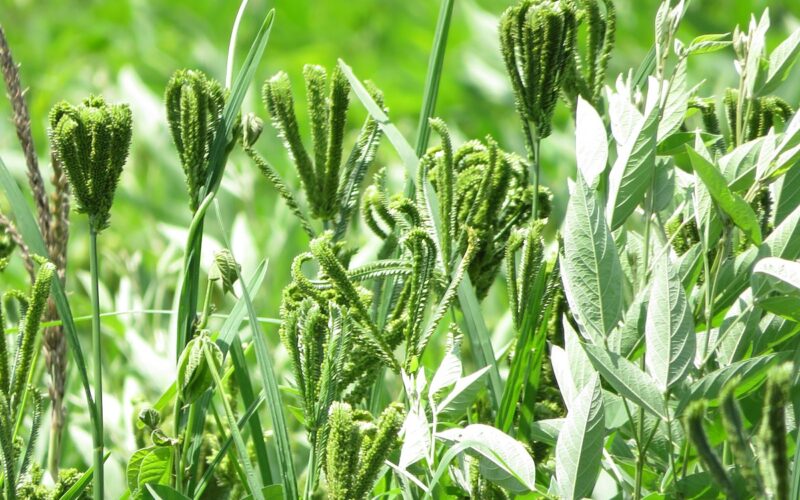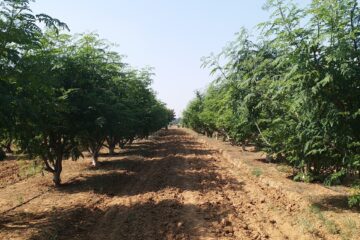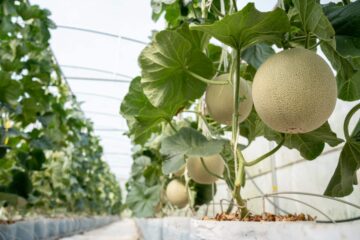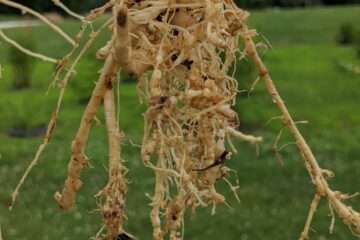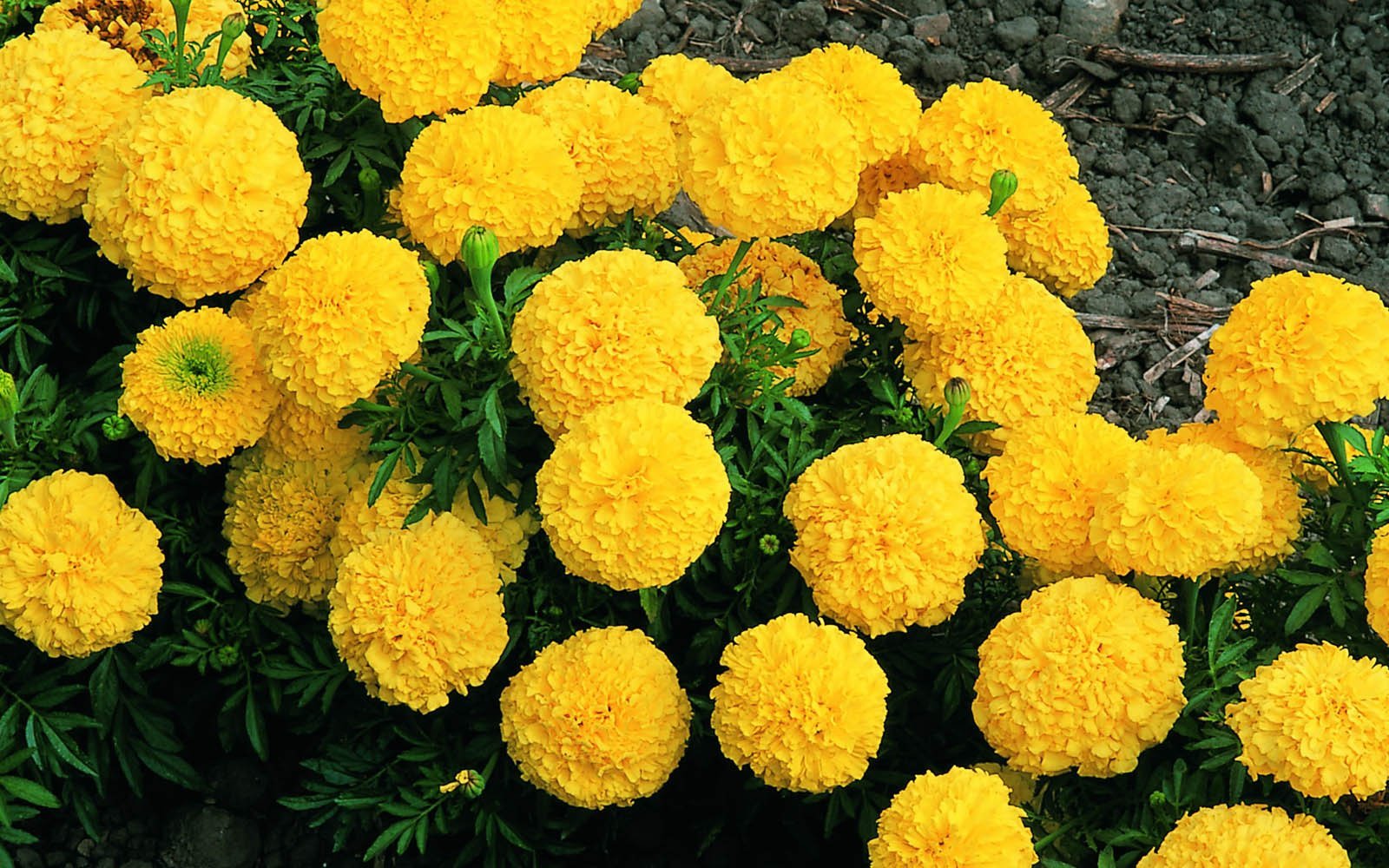Our ancestors believed that “food is medicine,” but today, we seem to live by the saying “medicine is food.” In the past, diseases were far less prevalent. However, due to modern dietary habits, we are now increasingly affected by various health issues.
In this context, incorporating ragi (finger millet) into daily meals can help alleviate conditions such as diabetes, heart disease, and calcium deficiency. Doctors are also recommending the consumption of millets like ragi for better health.
Ragi is rich in calcium, iron, protein, and fiber compared to other grains, making it highly recommended by agricultural scientists for cultivation. If the monsoon is favorable, dryland ragi farming can be more profitable than rice cultivation.
Season and Land Preparation
Ragi can be cultivated as a dryland crop during the Aadi and Purattasi planting seasons. Red soil and sandy loam mixed soils are ideal for ragi cultivation. The land should be plowed well 2-3 times. Before the final plowing, organic manure should be applied as a base fertilizer to increase yield and retain moisture for several days.
Seedling Preparation
For a better yield, the number of tillers must be increased, requiring proper spacing between plants. Therefore, transplanting is suitable for both wet and dryland conditions. For transplanting, 5 kg of seeds are needed per hectare. Seedlings should be raised in a nursery over 12.5 cents of land. Depending on irrigation facilities, appropriate seedbeds can be prepared.
Transplanting
Seedlings can be transplanted after 17-20 days. Plant 2-3 seedlings per hole with a spacing of 7.5 cm between each.
Fertilizer Management
During the final plowing, apply 12.5 tons of well-decomposed organic manure per hectare. Based on soil testing results, fertilize accordingly. If soil testing has not been done, apply 60:30:30 kg of nitrogen, phosphorus, and potassium per hectare.
Of this, the phosphorus and potassium should be applied as a base fertilizer during seeding. Half of the nitrogen should be applied at the base, and the rest should be split into two applications at 25-30 and 40-45 days after sowing. If the monsoon is inconsistent, the remaining nitrogen can be applied all at once when there is moisture in the soil.
Biofertilizers
Mix 2 kg of Azospirillum biofertilizer with 25 kg of soil and organic manure and apply it to the field before seeding. For wetland conditions, soak the roots of the seedlings in a solution of 5 packets of Azospirillum biofertilizer mixed with 40 liters of water for 15-30 minutes before transplanting.
Weed Management
Weed the field once at 18 days after sowing and again at 45 days. Alternatively, mix 2 liters of butachlor or 3 liters of pendimethalin herbicide with 625 liters of water and spray it on the third day after transplanting.
Pest Control
Ragi is not heavily affected by pests, but under certain weather conditions, cutworms, stem borers, sap-sucking insects, leafhoppers, and root grubs may appear. To control cutworms, mix 200 ml of Malathion 50 EC with water and spray. To control stem borers, spray the same solution during the vegetative and flowering stages. For root grubs, pour a 0.03% Dimethoate solution around the roots. To control sap-sucking insects, spray any of the recommended pesticides.
Disease Management
Ragi can be affected by blast disease, brown spot, and smut disease. To control blast disease, mix 200 g of Bavistin with water and spray between 20-45 days after sowing. To control brown spot, mix 500 ml of Edifenphos or 1 kg of Mancozeb per hectare with water and spray. To control smut disease, first remove affected plants. Since the disease is spread by vector insects, spray 500 ml of Dimethoate or Monocrotophos per hectare when symptoms appear and again after 20 days.
Harvesting
Once the ears have dried well and the grains have fully matured, harvest twice. After harvesting, dry the ears in the field and thresh to separate the grains. Then, dry the grains thoroughly, clean them, and store them properly.
Key Points to Remember
- Seed treatment with Azospirillum biofertilizer is essential.
- Ensure proper plant density is maintained.
- Intercrop ragi with pigeon pea or cowpea in a 4:1 or 8:2 row ratio.
- Weed the field between 18-25 days after transplanting.
- Spray Pseudomonas to control blast disease.
- Harvest when 70-80% of the ears are fully matured.
- Ensure that the grains are clean and free from stones and dirt before storage.
M.Avin Kumar, Agricultural Officer.

